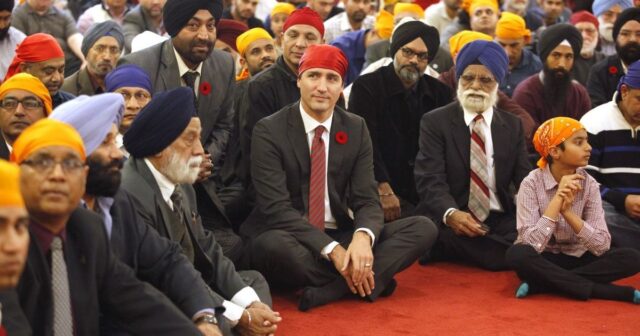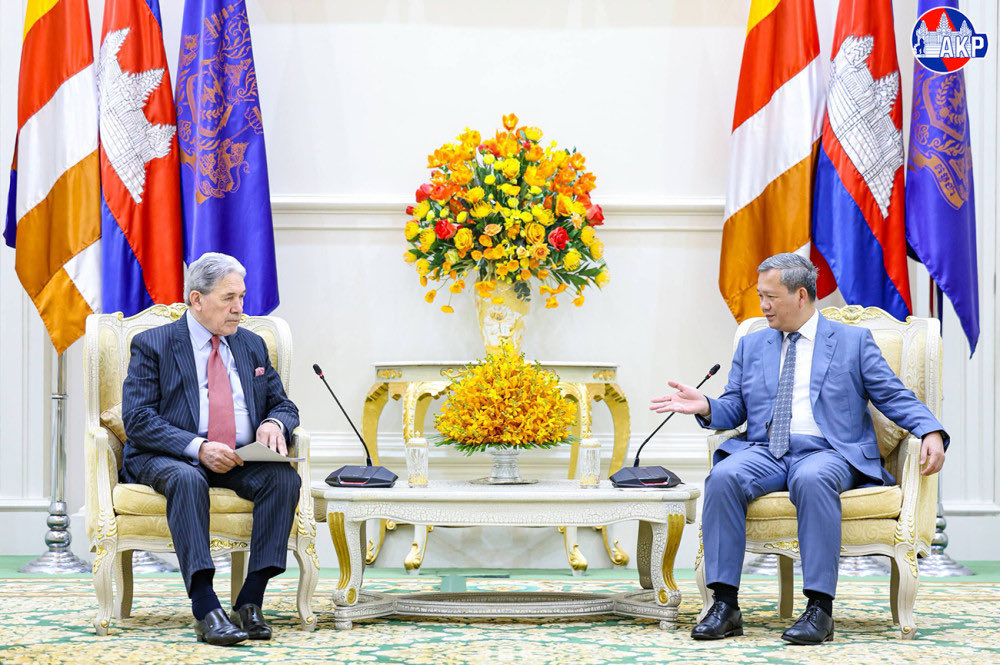Canada is known for embracing immigrants and ensuring they get the opportunities they deserve.With thousands of people from across the globeentering the Canadian border each year, in hope of a better life, immigration policies and the Canadian government’s outlook towards them is of utmost importance. The Canadian government’s liberal policies and acceptance have resulted in greater employment and academic opportunities for several foreign nationals from developing countries. Inevitably, this has assured greater cooperation and resilient bilateral knots between Canada and most of the world. Similar is the case of India, the Indo-Canadian bilateral relationship was built on mutual beliefs like democracy and pluralism and is today reinforced through a strong people-to-people connect. Subsequently, the vast Indian diaspora, spread across Canadian cities, plays a crucial role in determining the nature of diplomatic ties between the two countries. The history of immigration from South Asia can be seen in two distinct waves. The first one took place during British colonialism, during which thousands of indentured labourers, primarily from India, were shipped to work at plantations in different parts of the world. The second wave occurred after Indian independence as many educated South Asians set out to find their fortune in countries that were in need of brainpower. Canada saw a greater influx of Indians during the second wave, however, many had indentured roots. Over the years, India has emerged as an economic giant and a stable vibrant democracy. Subsequently, policies to enhance engagement with India have been initiated and intensified by former Canadian Prime Ministers like Jean Chretien and Paul Martin. Today, Indian-origin Canadians constitute a substantial chunk of the population, estimated at 1 million.
History of Indian Diaspora
It was during the mid-20th century that Indian emigrant started to move towards the United Kingdom, the United States, Australia and Canada, all of which welcomed well-educated and professionally trained immigrants. This led to the emergence of small Indian communities across powerful western economies. With the emergence of Canada as an important destination for higher education, various pro-immigration policies paved way for the post-study settlement in the country.In the year 1962, the Canadian Immigration policy was formulated. It was a liberal law, which focused both on the removal of discrimination against any race and ensured voting rights for permanently residing immigrants. The rapid economic growth and expansion of technical education in Canada pulled in further migration from India. The initial migrants to Canada belonged to the Indian Sikh community, primarily looking for better economic opportunities. The 1962 immigration policy put an end to any discrimination based on race and nationality and immigrants began to be assessed following the point system. The point system not only catered to the needs of the Canadian economy but also placed immigrants with professional and technical skills on the priority. Furthermore, the new point system on immigration quotas, based on ethnicity, led to the rise of the Indian diaspora in Canada. According to Statistics Canada, approximately 25,000-30,000 Indians arrive in the country each year, making them second in number after the Chinese immigrants. Most of the Indian population in Canada is Punjabi followed by Gujaratis, Tamilians, Keralites, Bengalis, Sindhis, and others. Due to such cultural and ethnic diversity, the Indo- Canadians speak various languages including Punjabi, Tamil,Bengali, Urdu, Hindi and Guajarati.
Strengthening India-Canada Relations through the Indian Diaspora
2011 was declared as the ‘Year of India’ in Canada. The North American nation used this opportunity to acknowledge the important role of the Indian community in the growth of Canada as a country. According to Statistics Canada’s Ethnic Diversity Survey (2002), 82 percent of Indian people in Canada had a sense of belonging to the country but at the same time, 71 percent also had a strong sense of belonging to their own cultural group. Policies in both countries favour the strengthening of the existing links and the creation of new ones. Apart from trade and education, the Indian diaspora in Canada also contributes to an increased social and commercial exchange between the two countries. The most important role of the Indian Diaspora in Canada is in the cultivation and flow of ideas and business networks. Such activities have significant long-term benefits to the Indo-Canadian partnership. If the diaspora is assumed to have a “fractured identity,” its role remains limited, however, if understood as a “community of communities,” the diaspora can have considerable influence. Indian-origin Canadians tend to see themselves as both Indian and Canadian, with additional identities based on religion or even occupation. Indo-Canadian intellectuals promote cooperation, in both Canada and India, across fields like politics, socioeconomic development and cultural exchange. With their deep understanding of both Canadian and Indian democratic traditions, practices of multiculturalism, and accommodation of diversity, they are well equipped to foster a useful exchange of views on matters relating to federalism, democratic governance, the right to information, the rule of law, and country-specific expertise. However, this aspect of bilateral exchange is yet to reach its full potential. The Indian diaspora in Canada is no longer as marginal as it was 30 years ago and the Canadian government’s policy of multiculturalism has been a major enabling factor in the emergence of a confident Indian community.Indo-Canadian ties have been at their highest level of cooperation since 2017, however, ever-evolving factors like Canadian visa and immigration policies, high education opportunities, investment in the second generation Indo-Canadians, diaspora civic, political and social engagement,and Indo-Canadian private sector exchange, all play a significant role in examining the present and potential nature of the Indo-Canadian society. This, in turn, is a critical component for developing strategic partnerships between the two countries. The further strengthening of such an international alliance is seen as benefitting both countries in many areas including, trade, public policy, good governance and democracy. India is the world’s largest democracy and is on the threshold of becoming a major economic powerhouse of the 21st century. However, it faces considerable challenges, not the least of which is increased environmental deterioration brought on, in part, by growing energy demands. Canada,on the other hand, holds an influential position vis-à-vis energy resource management and climate action in SouthAsia. . There is considerable scope, therefore for Canada-India collaboration on changing global concerns and urgencies. In this regard, the Indian diaspora in Canada often assumes a central place in exchanging ideas, research, and technical or scientific knowledge, which facilitates the emergence of cooperative solutions in areas like climate change, energy transformation, and more.
Making Way for Skilled Indians
Canada has emerged as a coveted destination for the Indian diaspora due to its flagship programmes for key economic migration. Canada’s Express Entry programme invites premier candidates to take up permanent residency in the country. According to the Express Entry Year-end Report 2017, issued by the Canadian government’s immigration division, around one lakh applications were received for permanent residency under the Express Entry programme in 2017. With an enormous total of 86,022 invitations sent, 65,401 permanent residents and their families were admitted into Canada. Around 40 percent or say 26,000 Indians became permanent residents of Canada in 2017. These figures indicate an increase in the number of Indians opting for permanent residence in Canada over other developed nations.
Conclusion
In 1971, Canada became the first country to officially adopt a multicultural policy, which subsequently resulted in the passage of the Multiculturalism Act in 1988. India and Canada, as multicultural societies, therefore, have arrived, through different routes and by adopting different models, to a common belief in pluralist states for betterment. The essence, in each case, is not in the legislation alone, but its implementation, in law and in spirit, and perhaps most importantly, in policy and management.Over the years, communication and transportation revolutions and the global reach of the media have created major changes in the relationship between the Diasporas and their countries of origin. While full Indo-Canadian integration into the mainstream may still be a few generations away, the Indian diaspora has both embraced and influenced the Canadian way of life. Apart from a strong Canadian cultural or national identity, Indo-Canadian community members are now looking to re-establish stronger links with their homeland, furthered by India’s emergence as an economic powerhouse.









